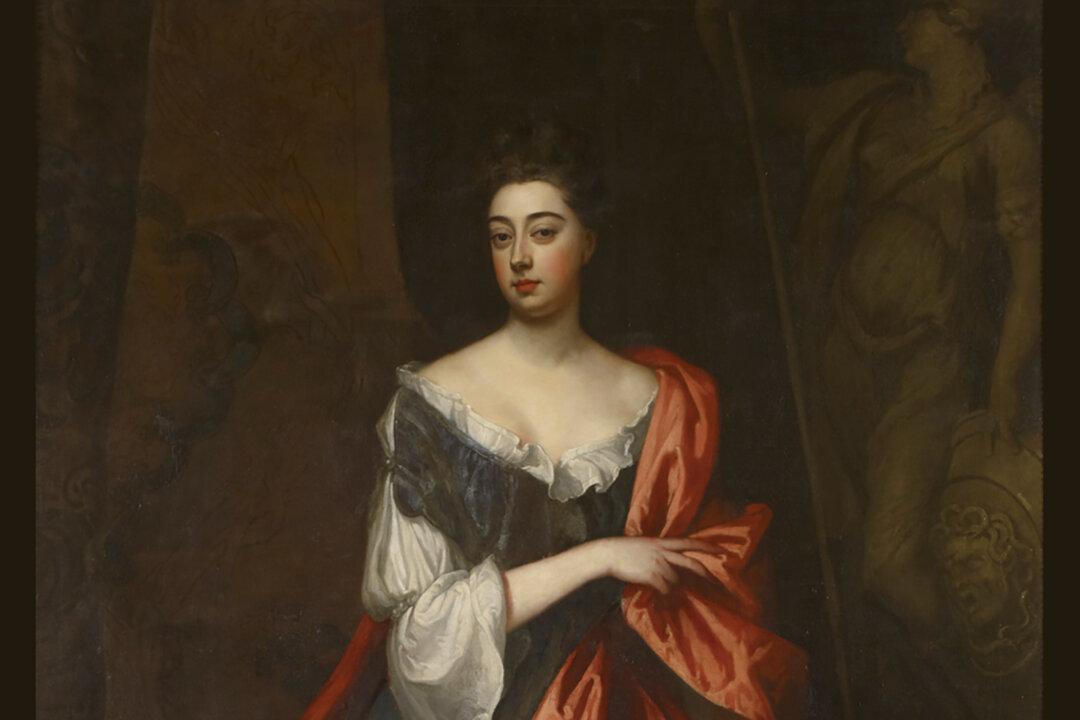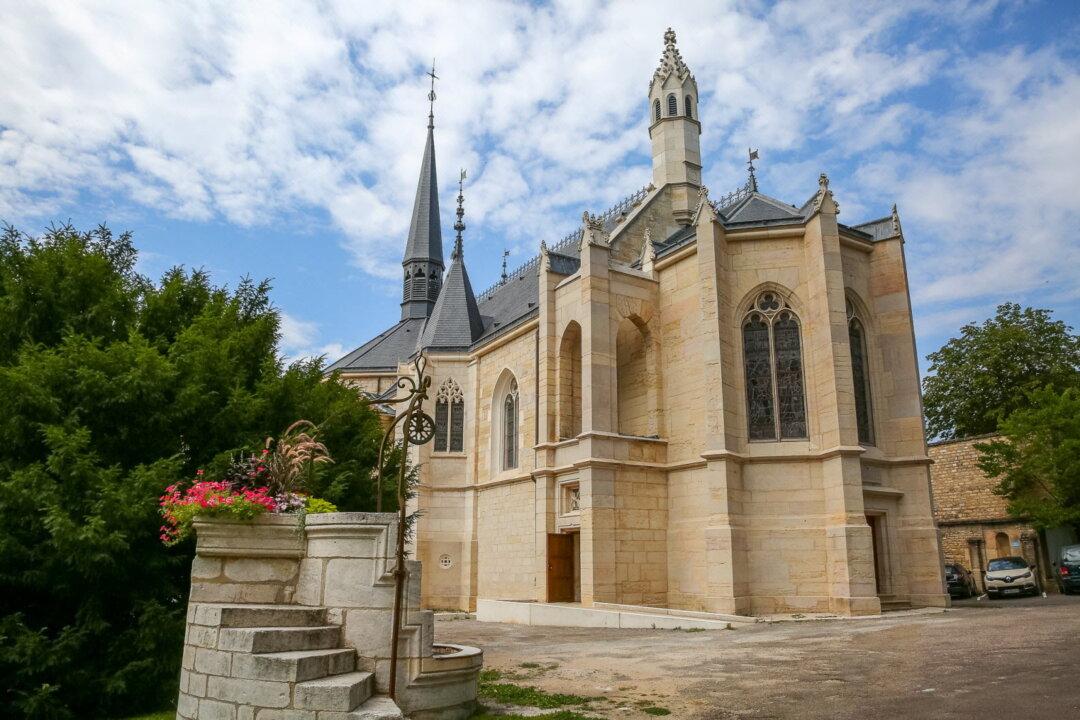When viewing the eight-portrait series “Hampton Court Beauties,” those struck by the combination of beauty, sobriety, grandeur, reserve, and dignity might assume these paintings were the work of a mid-to-late 18th-century artist. However, these portraits were composed a century earlier by Sir Godfrey Kneller (1646–1723), the German British painter regarded to be the greatest English baroque portraitist.
Trained by Ferdinand Bol (1616–1680), who studied under the Dutch master Rembrandt, Kneller’s work shows strong and unmistakable signs of his foundation in the Northern baroque tradition. The subdued atmosphere, the subject’s naturalism and relaxed poses, and frequent use of dark or neutral colored clothing were common in Dutch baroque art rather than the dramatic and effusive Flemish baroque style.





